Oral Health and Diabetes
A Two-Way Street
From Advanced Dental Care Centre Limited: Dr Sealy & Dr Ward
Diabetes mellitus (DM) is a disease characterized by increased blood sugar levels. In the body blood sugar levels are controlled by an important hormone called insulin. Type 1 diabetes (insulin-dependent DM) is caused by a decreased amount of insulin while type 2 diabetes (non-insulin dependent DM) is caused by ineffective insulin.
Diabetes and its associated health risks are so vast that it would be difficult to cover them all in one article. Similarly, the effects of diabetes on oral health are much more than a mouthful. From gum disease, tooth loss and cavities to various pathological conditions including obvious growths on the gums, the scope of oral health issues related to diabetes must not be taken lightly.
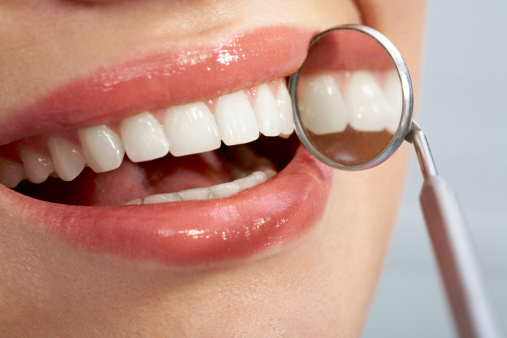
General Oral Effects of Diabetes
What Should You Look For?
How would you be able to tell that your gums and teeth are at risk and that you are in need of urgent dental treatment?
Bleeding gums, known as gingivitis, is a very common disease of the gums in any population but is more prevalent in people living with diabetes. Gingivitis, caused by bacteria, manifests itself as bleeding when brushing and/or flossing. You may notice that there is pink in the sink when rinsing out. This stage of gum disease can easily be reversed by attending the dentist regularly for cleanings and thoroughly brushing and flossing daily.
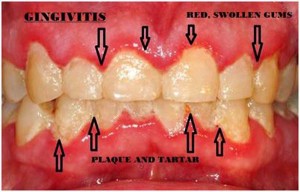
As gingivitis progresses, the gums may look red and puffy/inflamed and may begin to bleed while eating or even spontaneously. This is a major cause for concern and requires professional attention. If gingivitis is not arrested/stopped, a more severe irreversible gum disease, called periodontitis, comes into play. Some signs of this disease include gum boils known as abscesses which are most times quite painful. The final stages of the disease are signaled by shaking permanent teeth, with or without pain eventually leading to tooth loss.
If you experience any of the above, please see your dentist for further advice.
A Special Note for Uncontrolled Diabetics
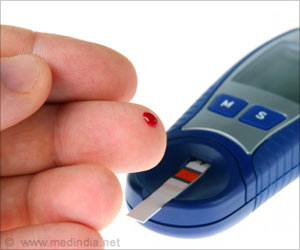
Studies have shown that the high blood sugar levels in uncontrolled diabetics act to worsen even to further the features of gum disease. There is more bleeding, more inflammation, more bone loss and more tooth loss in persons whose diabetes is uncontrolled.
The increased blood sugar levels exert their effect at the beginning of the long chain of events within the body that helps to fight the infection of the gums caused by bacteria. The result is known as delayed wound healing. Just as it may take a long time for a cut on the foot to heal in an uncontrolled diabetic, so too would the gum inflammation remain.
Diabetes, The Elderly and Oral Health
Getting long in the tooth
As the less than flattering expression regarding aging goes, ‘getting long in the tooth’ has a real scientific basis. Yes, sometimes with increased age teeth do appear to be growing longer. However, once fully formed, teeth no longer actually grow. The long appearance is due to more and more of the tooth being shown as the surrounding gum line recedes due to gum disease.
The gum disease can be furthered by several medicationsand conditions which cause the mouth to produce an insufficient amount of saliva. This condition of reduced salivary production is often seen in diabetics. The recession of the gum leaves some of the root surfaces of the teeth exposed. These surfaces are much softer and less resistant to the action of cavity-causing factors. Two of these cavity-causing factors are sugar and bacteria. Sugar is derived from food, and the bacteria are always present in the mouth. This is why it is extremely important to keep the mouth as clean as you can by brushing and flossing daily. As age increases, the risk of getting new cavities on these exposed surfaces increases. Since these root surfaces are softer, the rate of progression of cavities also increases drastically.
In short, once the process starts, unless treated, it will progress to tooth loss very rapidly.
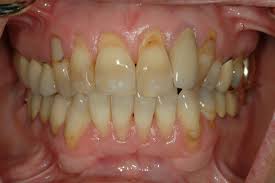
Can Gum Disease Cause Diabetes?
Possibly.
There is new evidence to suggest that poor oral health may influence the commencement and the progression of several diseases including diabetes. Visualize the functioning of the body as many parts working together as a unit. For different parts to work together there must be a flow of duties, a chain of reactions. The study proposes that the molecules produced by the gum disease-causing bacteria again participate in a cascade of events culminating in increased levels of several other molecules. These new molecules have the ability to result in the same insulin destruction, and insulin ineffectiveness that characterizes diabetes.
This can occur in severe, long-standing gum disease.
The Guide to Good Oral Health
A Dental To-Do List
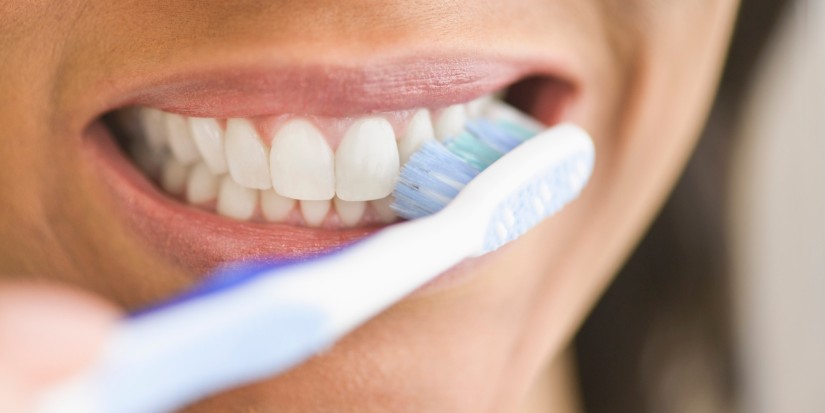
Another study showed conclusively that routine cleanings in diabetic patients significantly increased their state of health, by reducing their Hb1Ac levels (an average measurement of blood sugar levels over a period of months) and fasting blood glucose levels. Diabetics must ensure that the condition is controlled in order to reduce their risk of oral health complications, and bear this in mind when visiting a dentist hoping for relief of gum disease.
As a guide for optimum teeth and gums, your oral health check-list should include:
- Brushing all teeth thoroughly for at least 2 minutes, at least twice daily.
- Flossing all teeth at least once daily.
- Using an alcohol-free mouth rinse.
- Regular visits to your dentist for routine cleanings every 6 months and check-ups every 2 years.
The relationship between diabetes and oral health is collaborative. The controlof both influences the improvement of each. It is imperative that if you are diabetic and even somewhat unsure of your oral health, do not delay a dental check-up.
Contact The Caribbean Lifestyle Diabetes Centre at @caribbeanlifestylediabetescentre



